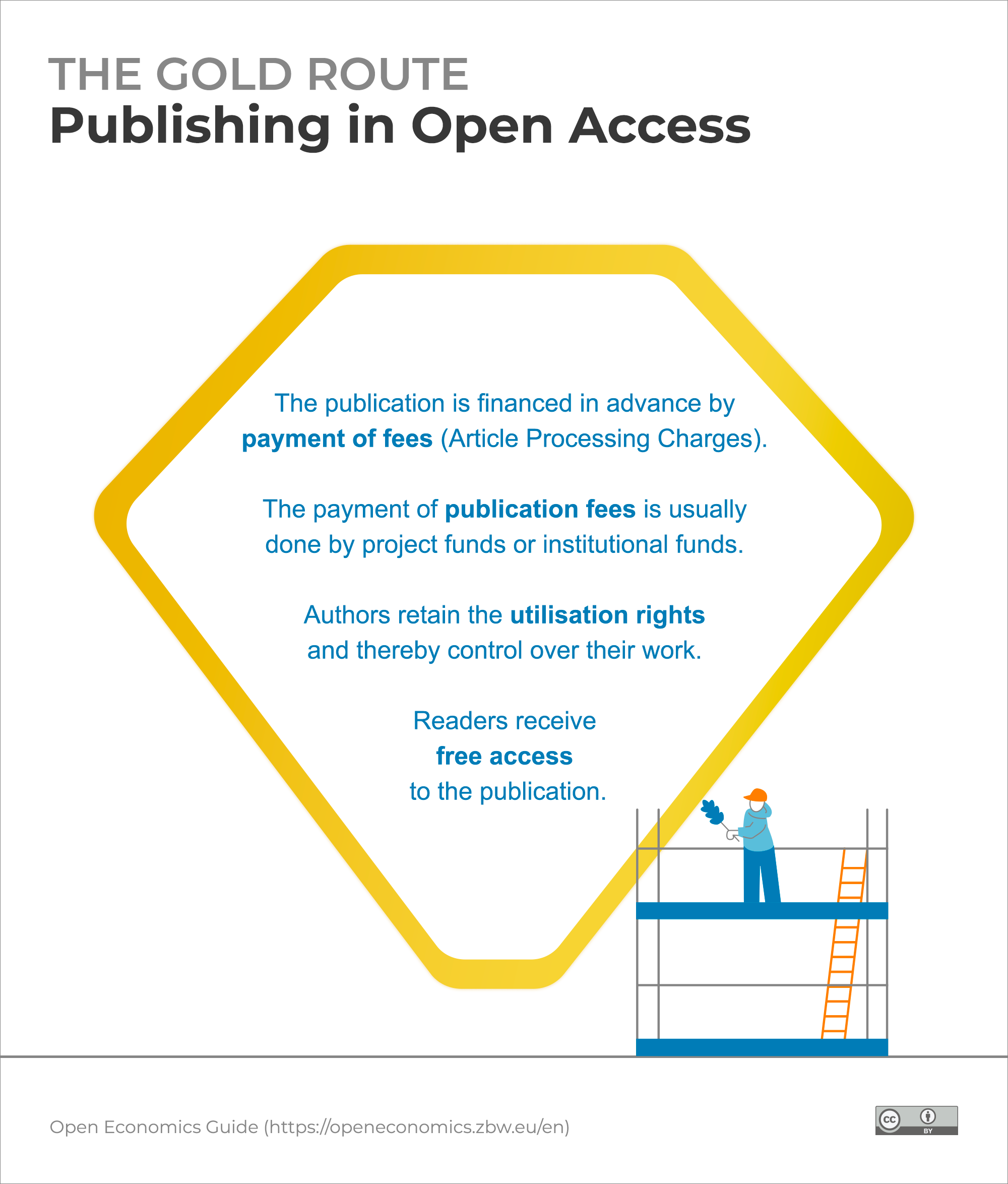Introduction to Open Access

Open Access is a form of dissemination and access to scientific publications via the internet, but in concept it encompasses all research output. The basic principles of Open Access are free accessibility and re-usability. With Open Access, everyone can access research publications freely on the internet without financial, legal or technical barriers; differences in financial capabilities no longer play a role in gaining access to knowledge. In addition, appropriate licensing allows, for example, free redistribution or adaptation (with appropriate indication of authorship). Compared to the classic distribution channels of scientific specialist publishers, it offers significantly more possibilities for authors and for readers.
There are several strategies for publishing in open access. The best known are the "gold route" and the "green route". In the case of the golden route, a publication is directly available in Open Access with the first publication. In the green route, this only occurs via a so-called second publication. The (preferred) gold route is based on a different business model:
- Publication costs are no longer refinanced retrospectively by purchase or licensing (usually by libraries), but in advance on the part of the producer. This takes place above all through the form of authors’ fees but also through publisher financing, cooperative crowd funding or membership models.
- Any authors’ fees due are usually not paid by the authors themselves, but from project or institutional funds.
- In contrast to the classic utilisation model, authors retain the rights of use and thereby the control over their work.
